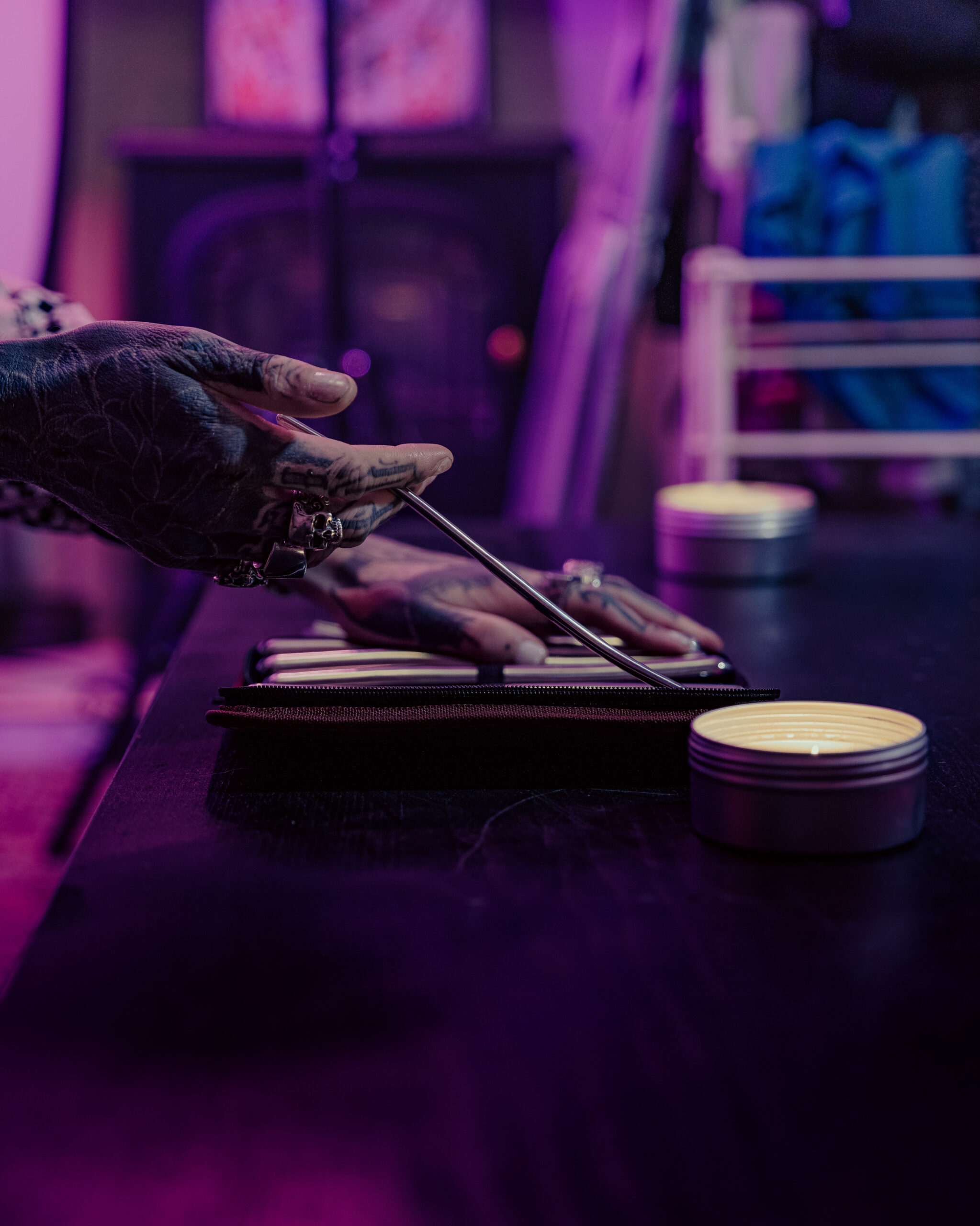Communication and Intimacy
Communication and intimacy are fundamental building blocks of any successful romantic relationship, but for asexual individuals, navigating these aspects can present unique challenges.
Understanding Asexual Desire
Asexuality, the lack of sexual attraction to others, can lead to misunderstandings and friction within romantic partnerships where societal norms often equate romance with sexual desire. Open and honest communication is crucial for asexual individuals to express their needs and boundaries while also understanding their partner’s expectations and desires.
A key challenge lies in the pressure to engage in sexual activity, which may be unwelcome or uncomfortable for asexual partners. This can lead to feelings of obligation, resentment, and ultimately, strain on the relationship. Asexual individuals often need to explicitly communicate their lack of sexual interest and work with their partners to find alternative ways to express intimacy.

Beyond physical intimacy, emotional intimacy can also be impacted by asexuality. Asexual individuals may experience difficulties navigating societal expectations about romantic gestures and expressions that are heavily intertwined with sexual connotations. They might feel pressured to participate in activities or engage in language they are not comfortable with, leading to discomfort and a sense of disconnect from their partner.
Finding a partner who understands and respects asexuality is paramount for building a healthy and fulfilling relationship. Educating oneself about asexuality and having open conversations with potential partners about sexual needs and expectations can help create a space where both individuals feel valued and understood.
Expressing Needs and Boundaries
Open communication is essential for navigating the complexities of romantic relationships, especially for asexual individuals who may face unique challenges in expressing their needs and boundaries. Asexuality, defined by a lack of sexual attraction, can lead to misunderstandings and pressure to conform to societal norms that associate romance with sexuality.
Asexual individuals often need to clearly articulate their lack of sexual interest and explore alternative ways to express intimacy beyond physical acts. This might involve engaging in activities they both enjoy, sharing deep conversations, or offering emotional support.
It’s important for asexual individuals to find partners who are understanding and accepting of their identity. Seeking out communities and resources dedicated to asexuality can provide valuable support and guidance in finding like-minded individuals.
Navigating Sexual Expectations
Asexual individuals may face challenges in navigating societal expectations around romance and intimacy. These expectations often assume that romance is inherently linked to sexual desire, which can create pressure on asexual individuals to engage in sexual activity they are not comfortable with.
This mismatch in expectations can lead to feelings of obligation, resentment, and ultimately, strain on the relationship. Open and honest communication becomes crucial for asexual individuals to express their needs and boundaries while also understanding their partner’s desires.
Finding a partner who is educated about asexuality and willing to understand and respect it is essential for building a healthy and fulfilling relationship.
Social Stigma and Misunderstanding
Society often associates romance with sexual desire, which can create unique challenges for asexual individuals navigating romantic relationships.

Asexuality, the lack of sexual attraction, can lead to misunderstandings and pressure to conform to societal norms. Asexual individuals may face difficulty expressing their needs and boundaries while also understanding their partner’s expectations.
Internalized Asexuality
Open communication is vital for navigating these challenges. Asexual individuals need to clearly express their lack of sexual attraction and explore alternative ways to build intimacy, such as shared interests, emotional support, or acts of affection that do not involve sex.
It’s crucial for asexual individuals to find partners who are educated about asexuality and willing to accept it. This involves open conversations about sexual needs and expectations from the start.
Internalized asexuality can further complicate matters. This occurs when individuals internalize societal stigma and negative views about asexuality, leading them to question their own identity or suppress their true feelings.
Overcoming internalized asexuality requires self-acceptance and challenging negative beliefs. Connecting with supportive communities and seeking guidance from therapists or counselors specializing in sexual orientation can be beneficial.
Ultimately, building healthy romantic relationships as an asexual person requires open communication, self-acceptance, and finding a partner who understands and respects their identity.
Pressure to Conform
Social stigma and misunderstanding surrounding asexuality often create significant pressure to conform to societal norms that equate romance with sexual desire. Asexual individuals may face challenges expressing their needs and boundaries within romantic relationships due to these pervasive misconceptions.
A lack of understanding about asexuality can lead to assumptions and expectations that can be harmful and damaging. It’s essential for individuals and society as a whole to recognize and respect the validity of asexual identities and experiences.
Education and open communication are crucial for bridging the gap in understanding. Creating a more inclusive environment where asexual individuals feel safe to express themselves authentically is vital for fostering healthy and fulfilling relationships.
Lack of Representation
Social stigma and misunderstandings surrounding asexuality can create significant challenges for individuals navigating romantic relationships. A lack of representation and accurate information about asexuality in media and popular culture contributes to these misconceptions, leading to assumptions and stereotypes that can be harmful and damaging.
Asexual individuals may face pressure to conform to societal norms that equate romance with sexual desire. This can lead to feelings of obligation, resentment, and ultimately, strain on the relationship. Open communication is essential for asexual individuals to express their needs and boundaries while also understanding their partner’s expectations.
Finding a partner who understands and respects asexuality is paramount for building a healthy and fulfilling relationship. Educating oneself about asexuality and having open conversations with potential partners about sexual needs and expectations can help create a space where both individuals feel valued and understood.
Relationship Dynamics and Challenges
Relationships, at their core, involve navigating the complexities of intimacy, communication, and emotional connection. For asexual individuals, these dynamics present unique challenges due to societal norms that often conflate romance with Jupiter Hour sexual desire.
Differing Definitions of Romance

Asexuality, the lack of sexual attraction, can create misunderstandings and pressure for asexual individuals within romantic relationships. Societal expectations frequently associate romance with sexuality, leading to assumptions about the needs and desires of asexual partners.
Open and honest communication is crucial for navigating these challenges. Asexual individuals need to clearly express their lack of sexual attraction and explore alternative ways to build intimacy, such as shared interests, emotional support, or acts of affection that do not involve sex.
Finding a partner who understands and respects asexuality is paramount for building a healthy and fulfilling relationship.
Balancing Intimacy Levels
Communication and intimacy are fundamental building blocks of any successful romantic relationship, but for asexual individuals, navigating these aspects can present unique challenges. Asexuality, the lack of sexual attraction to others, can lead to misunderstandings and friction within romantic partnerships where societal norms often equate romance with sexual desire.
A key challenge lies in the pressure to engage in sexual activity, which may be unwelcome or uncomfortable for asexual partners. This can lead to feelings of obligation, resentment, and ultimately, strain on the relationship. Asexual individuals often need to explicitly communicate their lack of sexual interest and work with their partners to find alternative ways to express intimacy.
Beyond physical intimacy, emotional intimacy can also be impacted by asexuality. Asexual individuals may experience difficulties navigating societal expectations about romantic gestures and expressions that are heavily intertwined with sexual connotations. They might feel pressured to participate in activities or engage in language they are not comfortable with, leading to discomfort and a sense of disconnect from their partner.
Finding a partner who understands and respects asexuality is paramount for building a healthy and fulfilling relationship. Educating oneself about asexuality and having open conversations with potential partners about sexual needs and expectations can help create a space where both individuals feel valued and understood.
Dealing with Assumptions about Asexuality
Asexuality, the lack of sexual attraction to others, can create unique challenges in romantic relationships due to societal norms that often equate romance with sexuality.
These norms can lead to misunderstandings and pressure on asexual individuals to engage in sexual activities they are not comfortable with. Open communication is essential for navigating these challenges. Asexual individuals need to clearly express their lack of sexual attraction and explore alternative ways to build intimacy, such as shared interests, emotional support, or acts of affection that do not involve sex.
Finding a partner who understands and respects asexuality is crucial for building a healthy and fulfilling relationship. Educating oneself about asexuality and having open conversations with potential partners about sexual needs and expectations can help create a space where both individuals feel valued and understood.
screw driver sex position
Humboldt Apothecary CBD
- Why Ghosting Is A Toxic Dating Trend And How To Avoid It - June 4, 2025
- Which Filler Lasts The Longest For Marionette Lines? - June 2, 2025
- The Psychological Aftermath Of Ghosting And How To Move On - June 2, 2025
